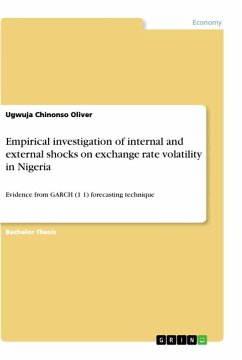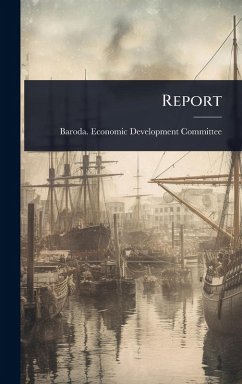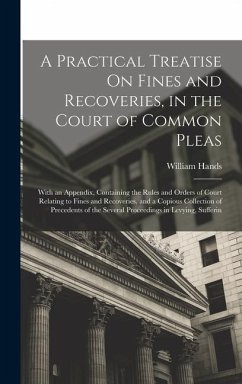
Indian Railways And Their Probable Results With Maps And An Appendix, Containing Statistics Of Internal And External Commerce Of India, By An Old Indian Postmaster
Versandkostenfrei!
Versandfertig in über 4 Wochen
32,99 €
inkl. MwSt.

PAYBACK Punkte
16 °P sammeln!
"Indian Railways And Their Probable Results" by Sir William Patrick Andrew offers a detailed 19th-century perspective on the development and impact of railways in India. This historical work, penned by an experienced 'Old Indian Postmaster, ' delves into the economic and social implications of railway expansion. The book includes valuable maps and an appendix filled with statistics relating to India's internal and external commerce, providing a comprehensive overview of the region's economic landscape during the period. Andrew's analysis provides insight into the strategic importance of railwa...
"Indian Railways And Their Probable Results" by Sir William Patrick Andrew offers a detailed 19th-century perspective on the development and impact of railways in India. This historical work, penned by an experienced 'Old Indian Postmaster, ' delves into the economic and social implications of railway expansion. The book includes valuable maps and an appendix filled with statistics relating to India's internal and external commerce, providing a comprehensive overview of the region's economic landscape during the period. Andrew's analysis provides insight into the strategic importance of railways for trade, governance, and overall development in colonial India. It remains a significant resource for historians, economists, and anyone interested in the history of railway development and its enduring impact on the Indian subcontinent. This work has been selected by scholars as being culturally important, and is part of the knowledge base of civilization as we know it. This work was reproduced from the original artifact, and remains as true to the original work as possible. Therefore, you will see the original copyright references, library stamps (as most of these works have been housed in our most important libraries around the world), and other notations in the work. This work is in the public domain in the United States of America, and possibly other nations. Within the United States, you may freely copy and distribute this work, as no entity (individual or corporate) has a copyright on the body of the work. As a reproduction of a historical artifact, this work may contain missing or blurred pages, poor pictures, errant marks, etc. Scholars believe, and we concur, that this work is important enough to be preserved, reproduced, and made generally available to the public. We appreciate your support of the preservation process, and thank you for being an important part of keeping this knowledge alive and relevant.











![Observations On The Present State Of The Highlands Of Scotland, With A View Of The Causes And Probable Consequences Of Emigration. [with] Appendix Cover Observations On The Present State Of The Highlands Of Scotland, With A View Of The Causes And Probable Consequences Of Emigration. [with] Appendix](https://bilder.buecher.de/produkte/67/67174/67174663n.jpg)
